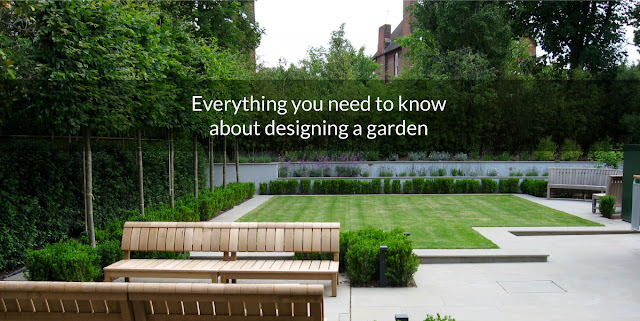Money Saving Tips For Garden Designing
 |
| Money Saving Tips For Garden Designing |
With
the aid of these money-saving gardening ideas, you can save a lot of money even
though gardening might be a costly hobby.
1.
Produce your own compost.
Composting
doesn't need a large yard! You can use twigs, kitchen refuse, and lawn
clippings. There are a few items, nevertheless, that you should not add to the
compost pile. For more information, see our composting advice.
2.
Making your own newspaper pots for seeds
Make
newspaper pots instead of spending money on buying seed starting trays and
pots. These pots are completely free and biodegradable.
3.
Plant potatoes in bags or sacks made of burlap.
Instead
of purchasing pots if you don't have enough room for raised beds to grow
potatoes, you can use burlap sacks and bags. Although the yield won't be as
high as on raised beds, you'll still obtain a respectable crop.
4.
Plants can be multiplied via seedlings.
The
most effective approach to grow your plants while also saving money is through
plant propagation. The plants can be multiplied in a number of ways, including
cutting, layering, and division.
5.
Mulch your lawn to save money
If
you've been gardening for a while, you probably already know how beneficial a
covering of mulch can be to the soil. It first conserves water. Additionally,
it stops undesirable plants from sprouting up here and there, requiring no
herbicides and requiring less weeding. Mulching also enhances the structure and
richness of the soil. Your established trees and shrubs will benefit from
having a 2- to 3-inch layer of mulch around them to protect their roots from
the effects of the weather.
6.
Prevent impulsive purchases
Avoid
making impulsive purchases, whether you're purchasing plants or something else.
Make sure you do your homework and consider whether you have room for this
plant. Applying this advice will enable you to save a lot of money.
7.
Plant used tea bags and coffee grounds.
Using
old coffee grounds and tea leaves will help your plants grow lushly and
contently. There are several other uses for coffee grinds. Disperse the
contents of a few discarded tea bags around the plants after tearing them
apart. Tea leaves will feed your plants every time you water them by raising nitrogen levels, enhancing soil structure, and providing tasty food for
earthworms.
8.
Repel Pests Naturally with Citrus Peels
If
your plants are suffering from mild pest infestation avoid using chemical
pesticides and try to repel them by using citrus peels. Toss citrus peels about
the afflicted plant in small pieces, or rip a hole in the peel and fasten it to
a stem close to the affected area. Although it's natural and organic, it might
not be as successful as utilising chemical pesticides.
9.
Make Use of Cardboard to Control Weeds
Cardboard
is one of the finest ways to prevent weeds in the garden, so if you've been
seeking for an organic solution that works, your quest is over. It lasts for
one or two seasons and is fully biodegradable. Trim any grasses or weeds to the
ground level before just laying the cardboard pieces on top of those
undesirable plants. Once finished, cover the cardboard with a thick layer of
mulch or rock and give it a light garden hose soak.
10.
Plants can be fertilised with cooking water.
Don't
pour the water from boiling or steaming veggies on the stovetop down the drain.
Instead of throwing away this vegetable water after it has cooled, use it to
fertilise your plants.



Comments
Post a Comment